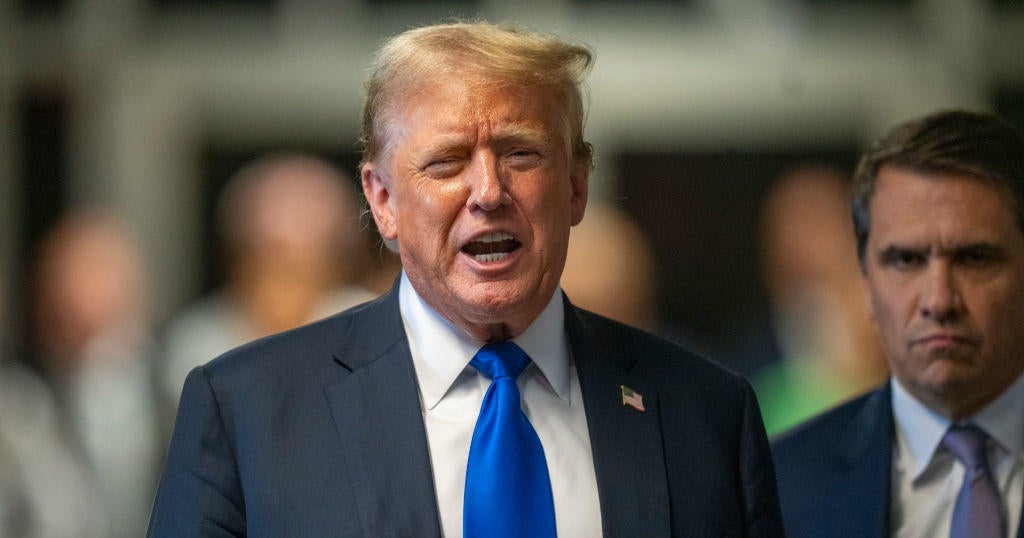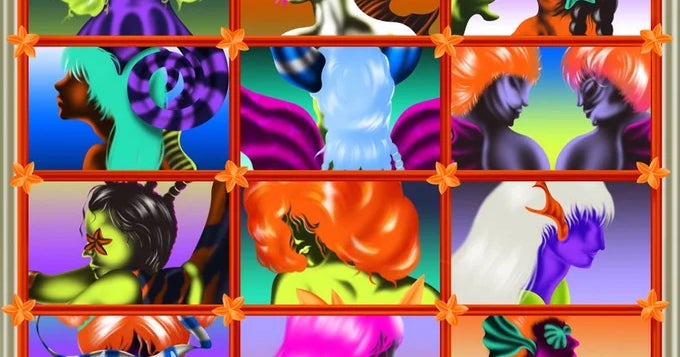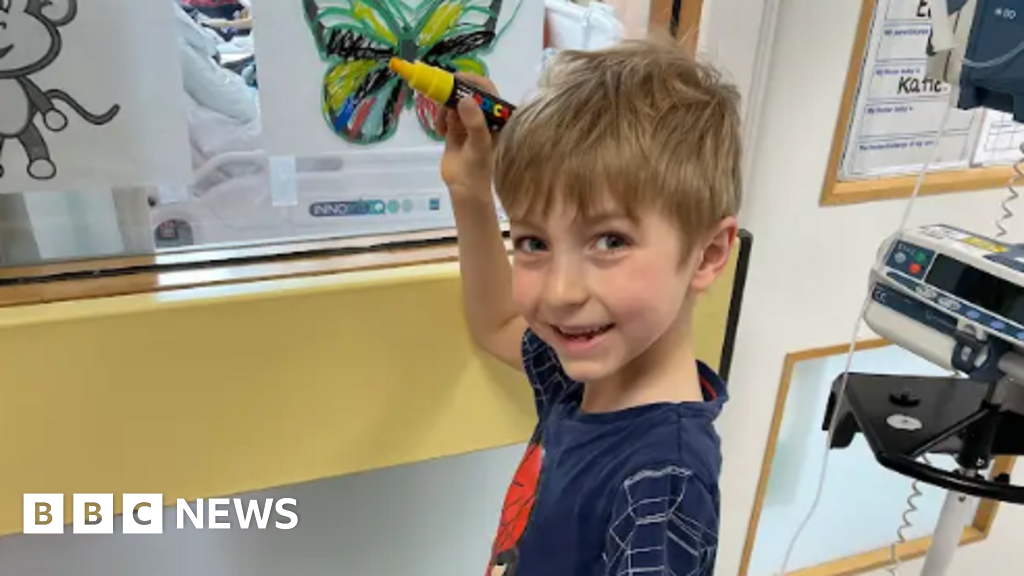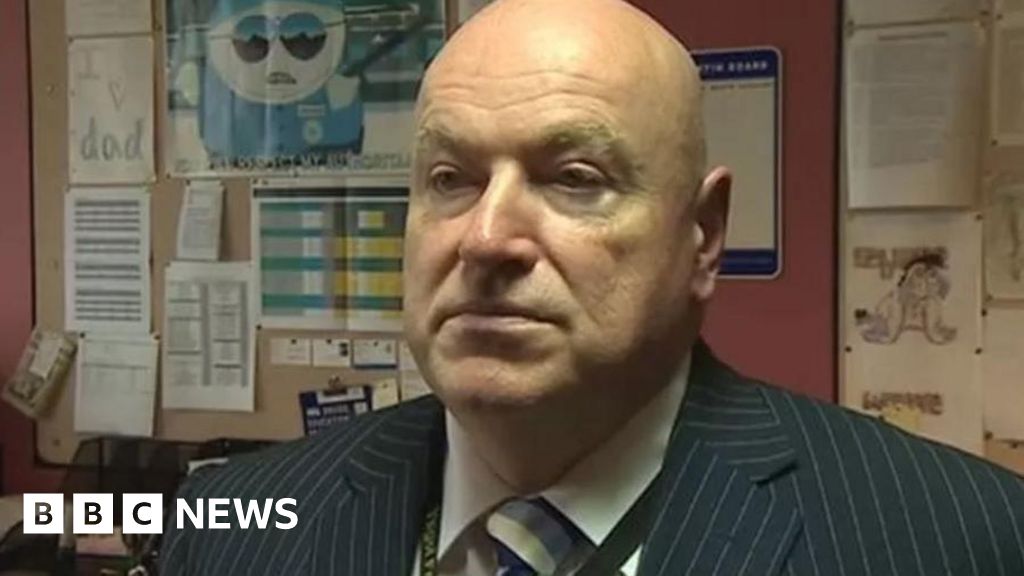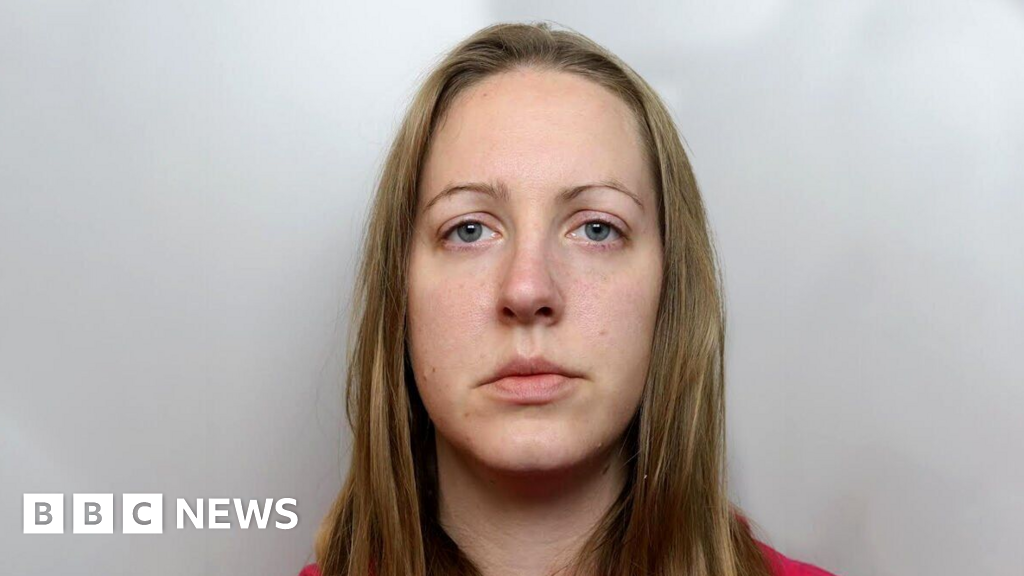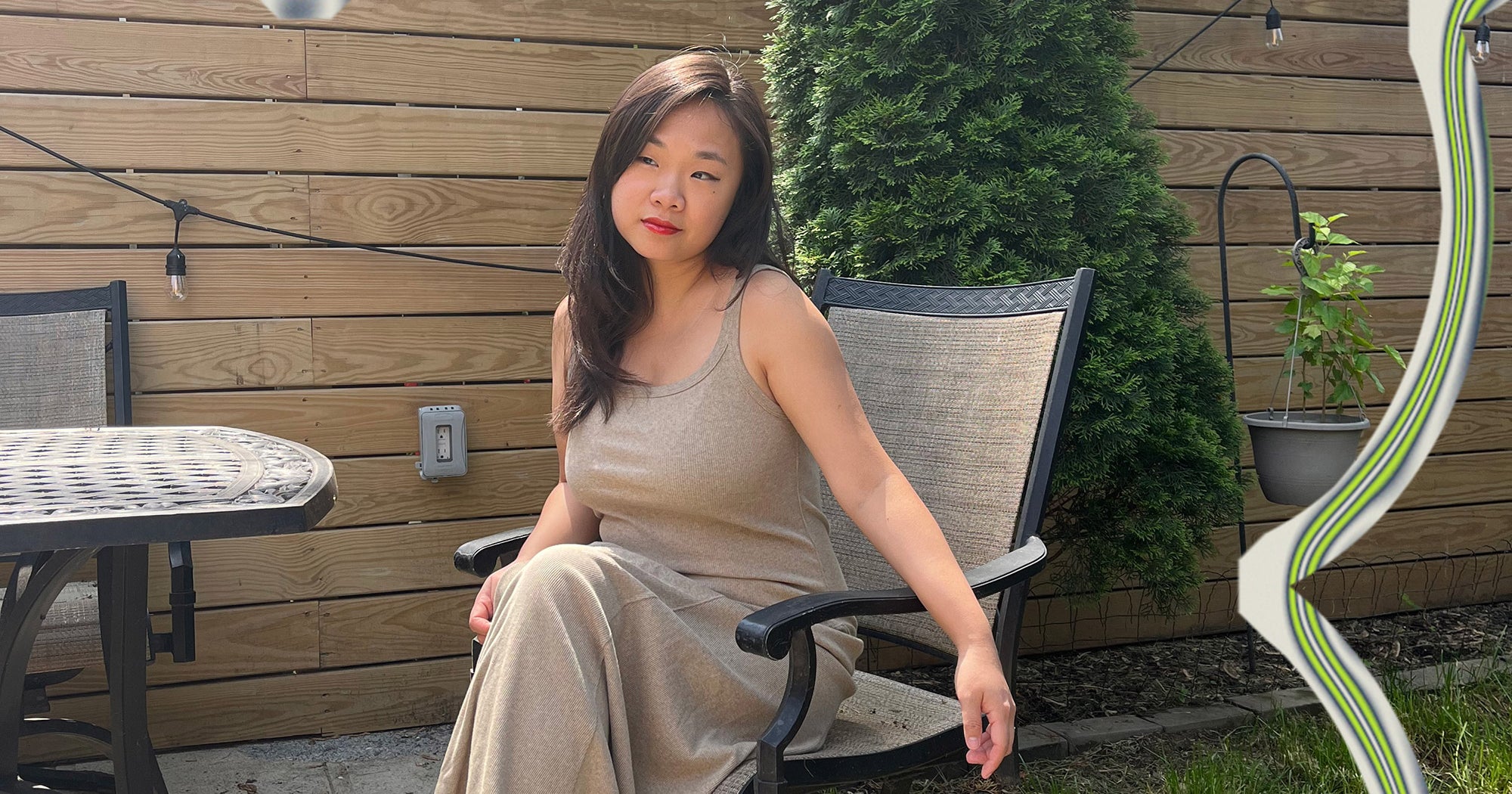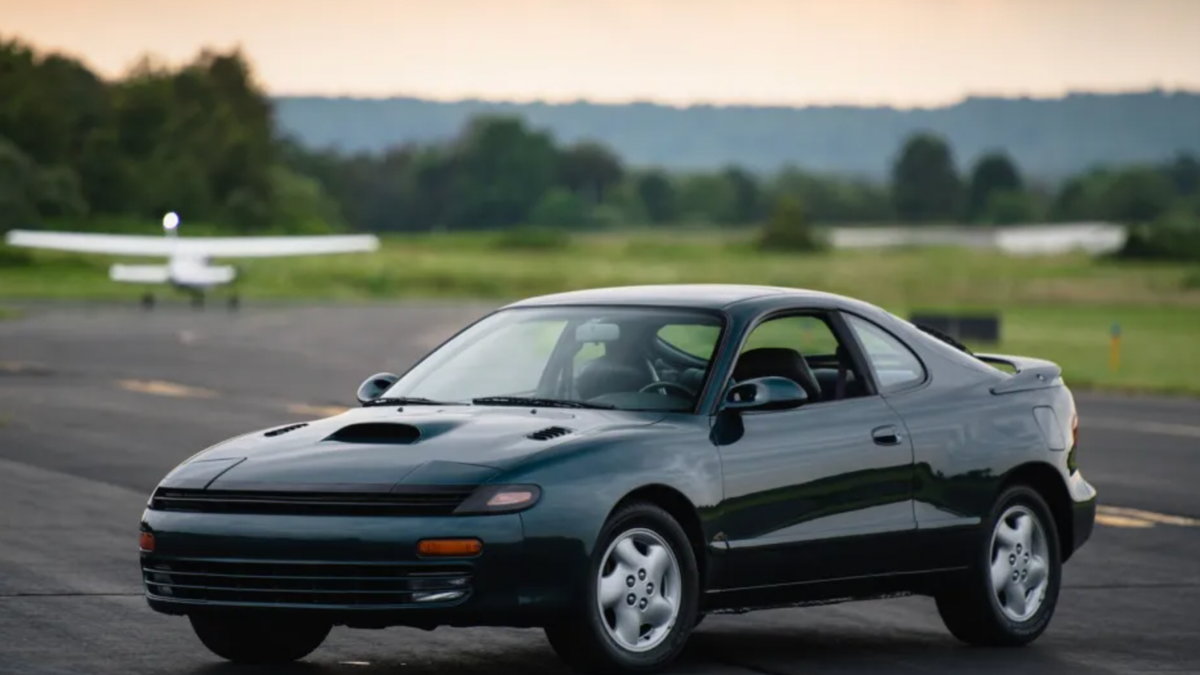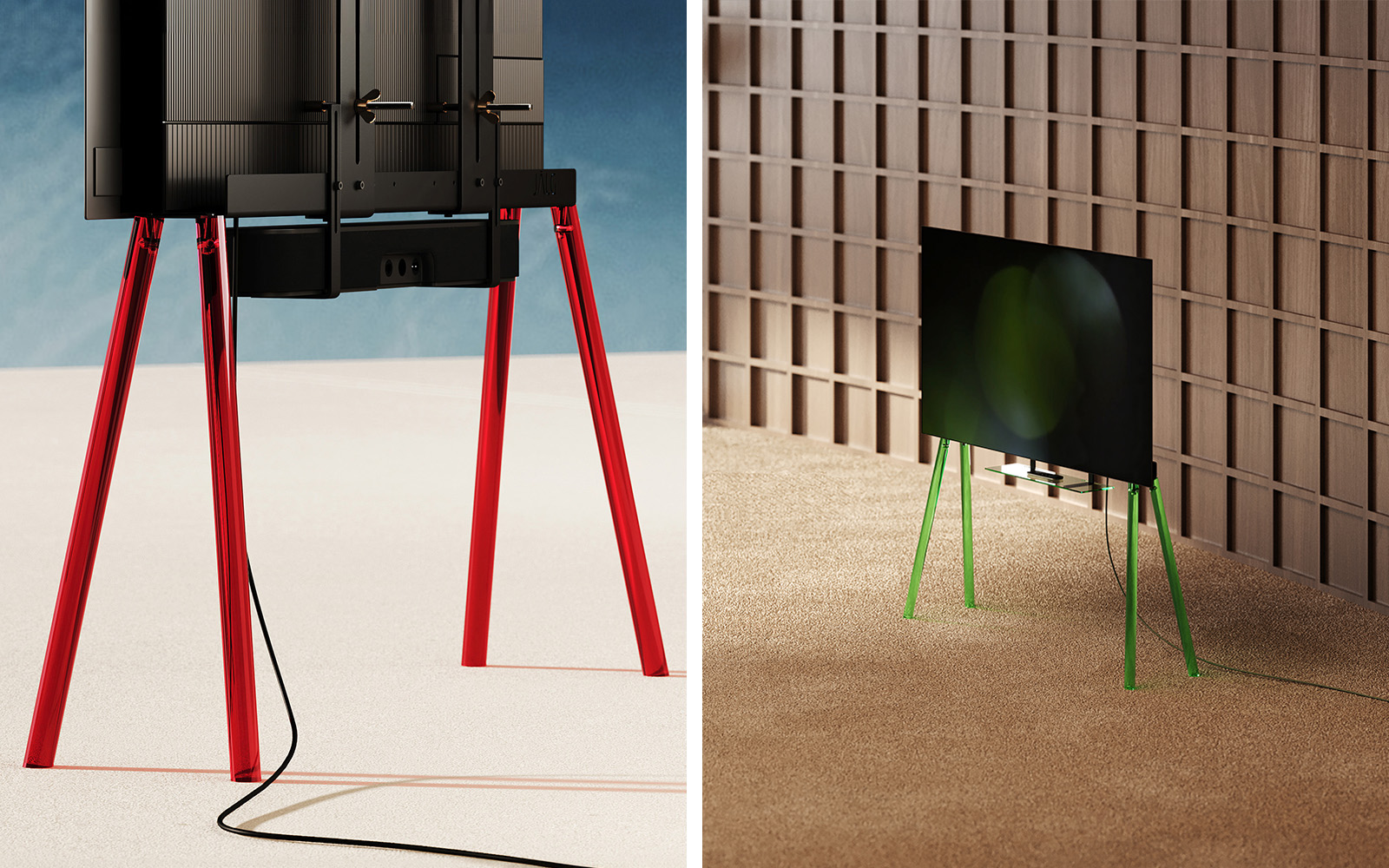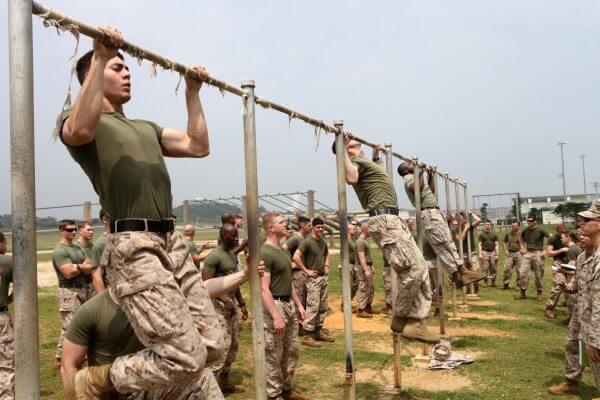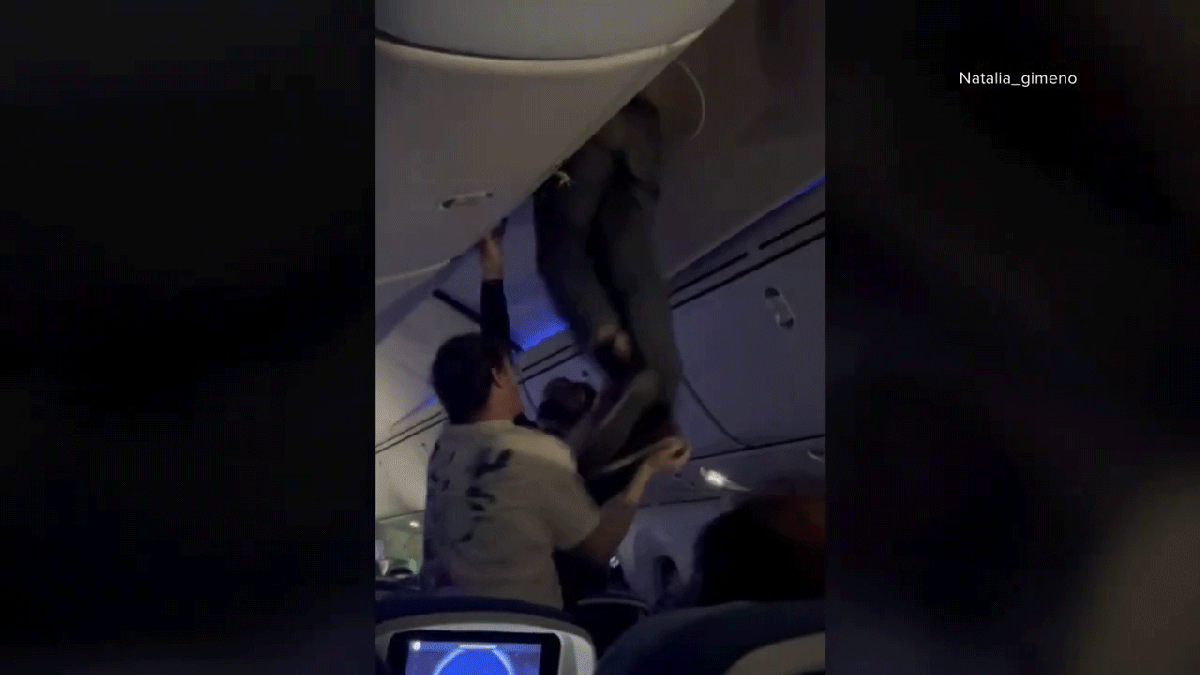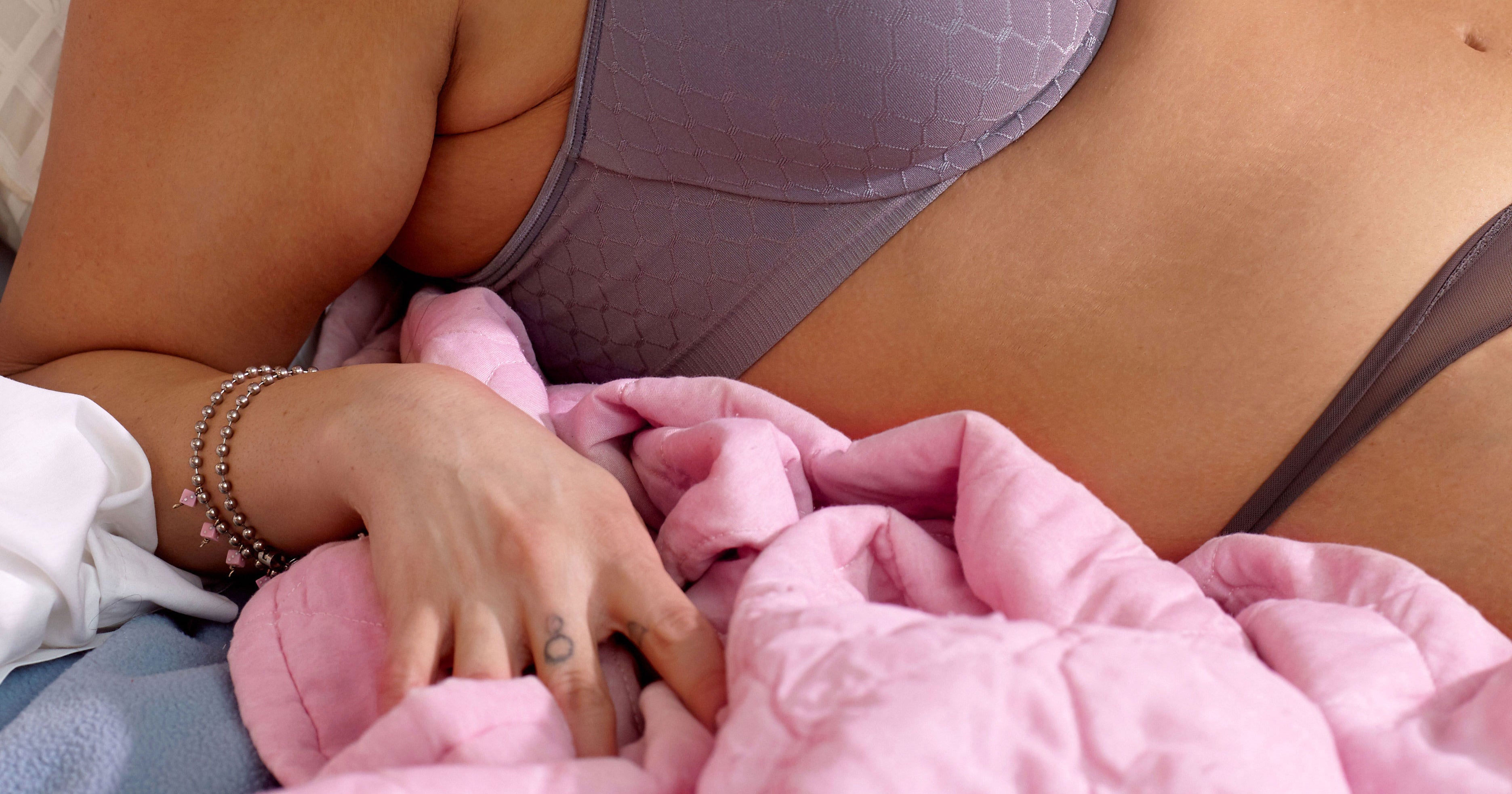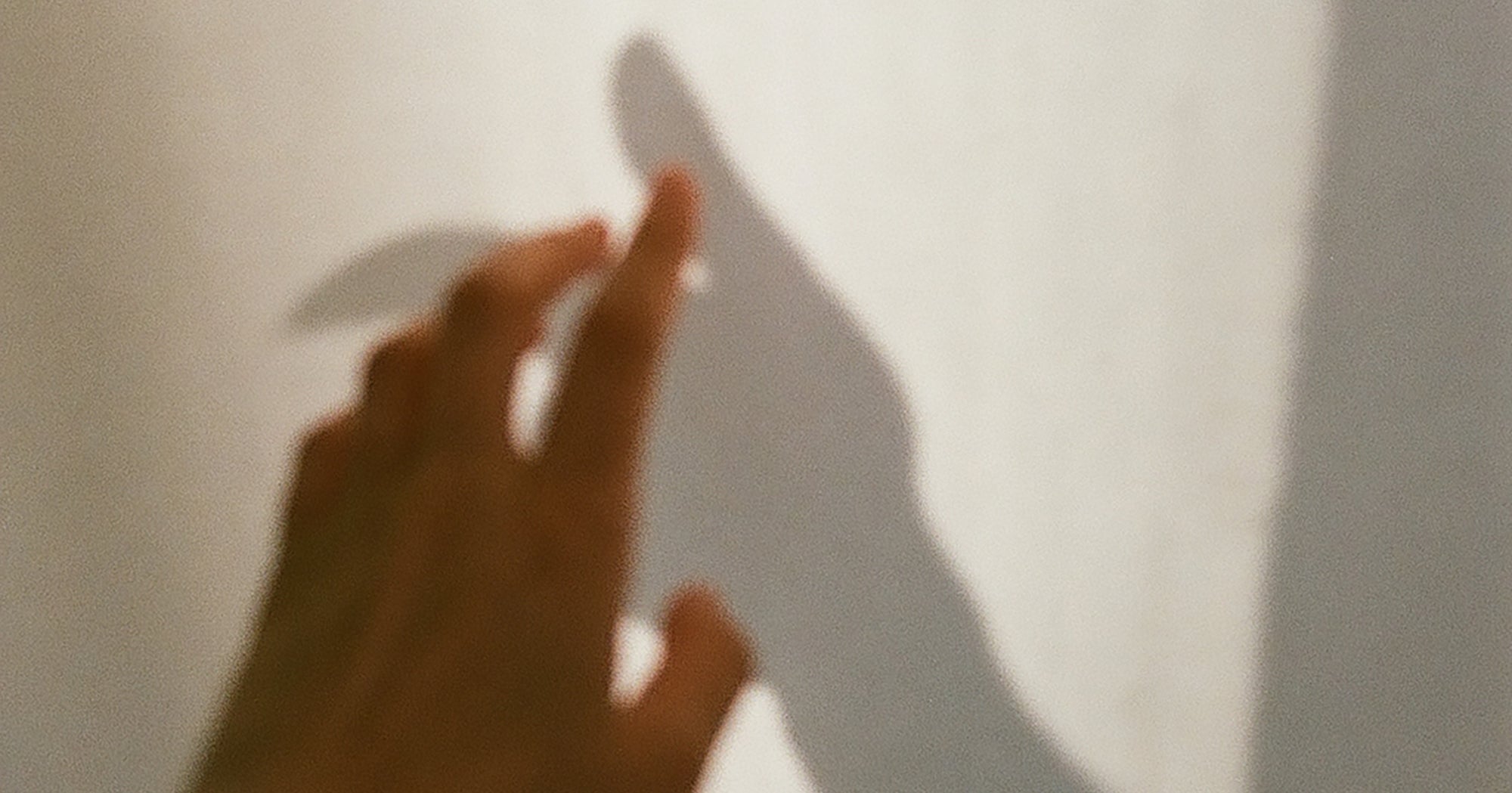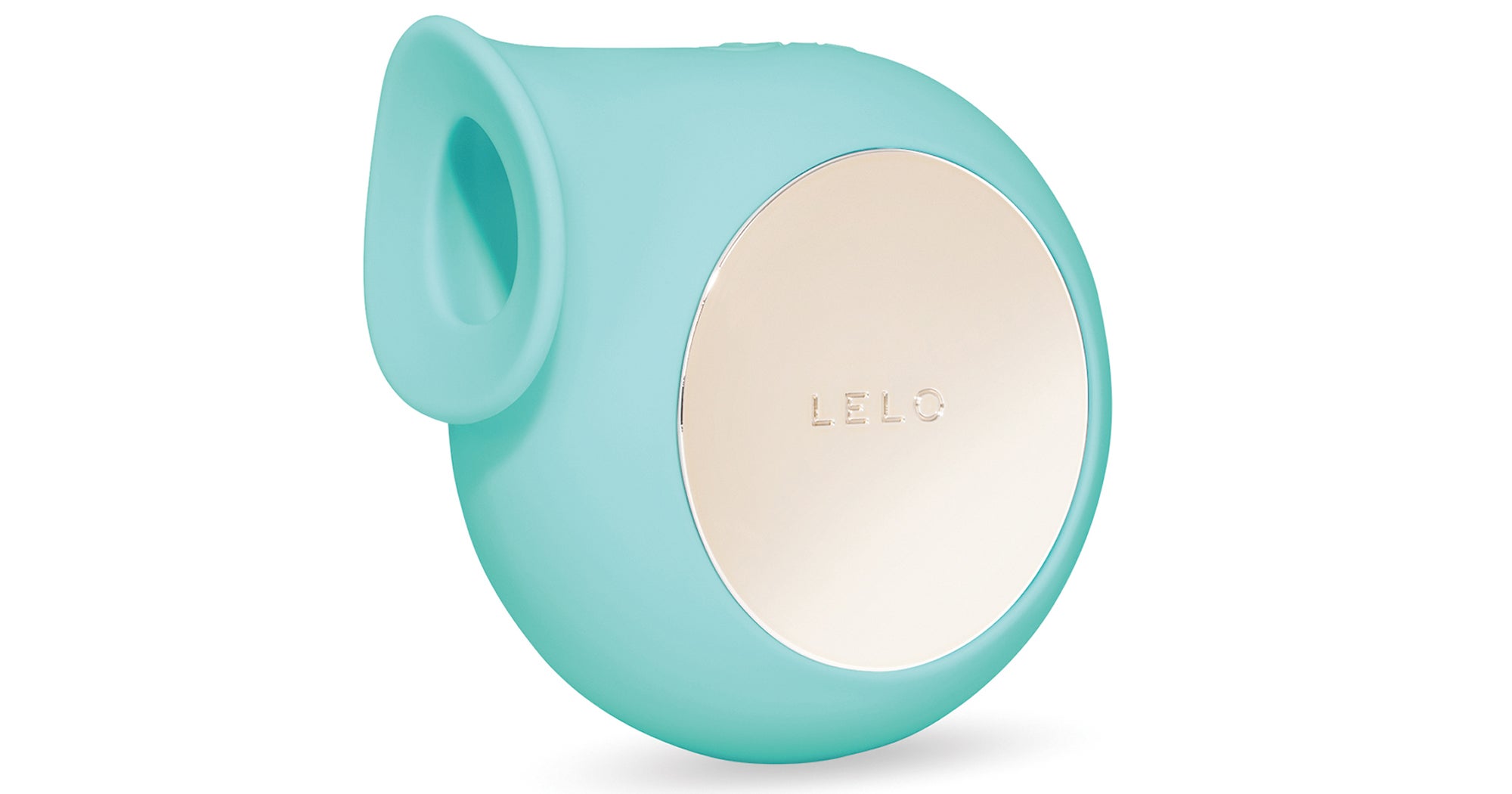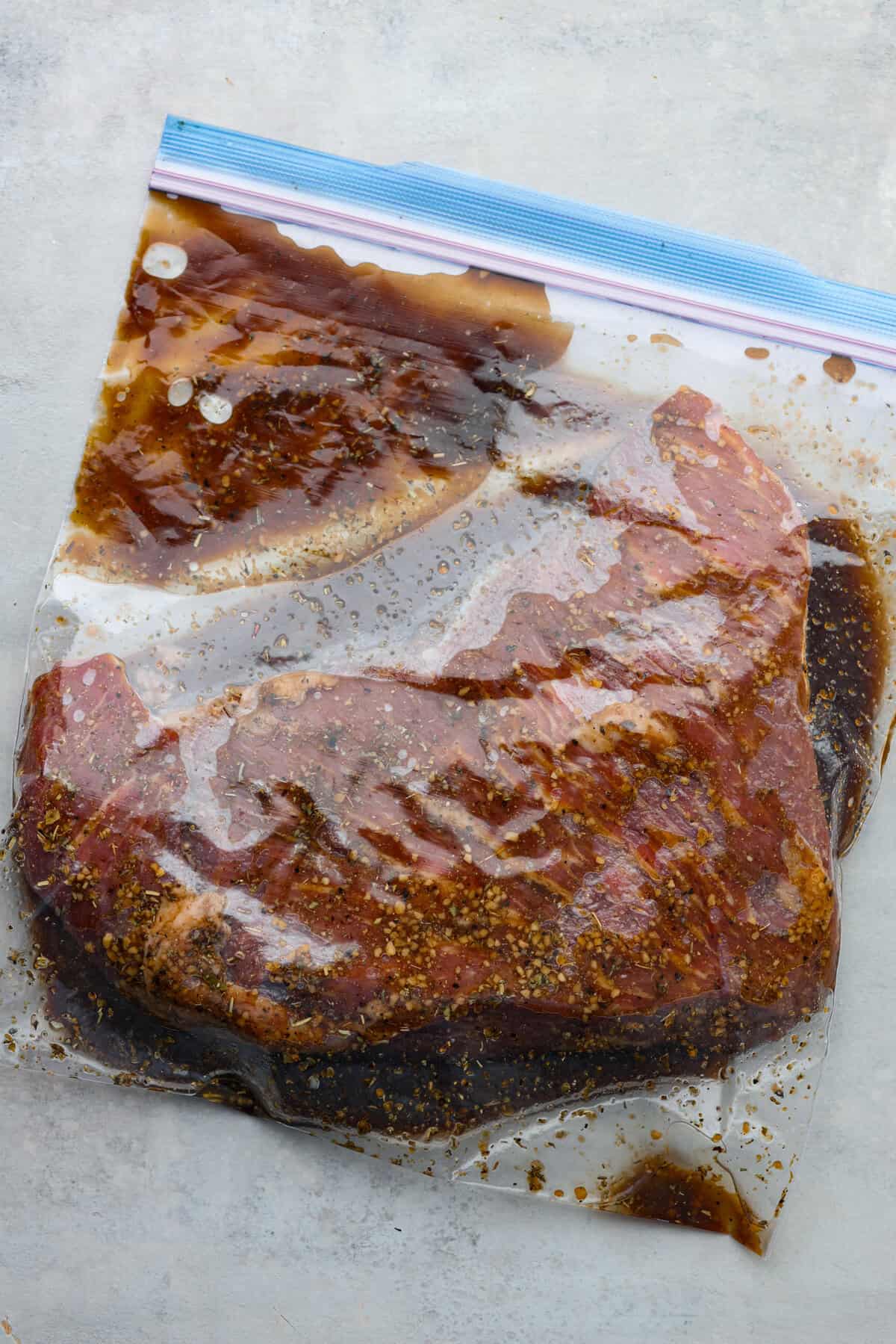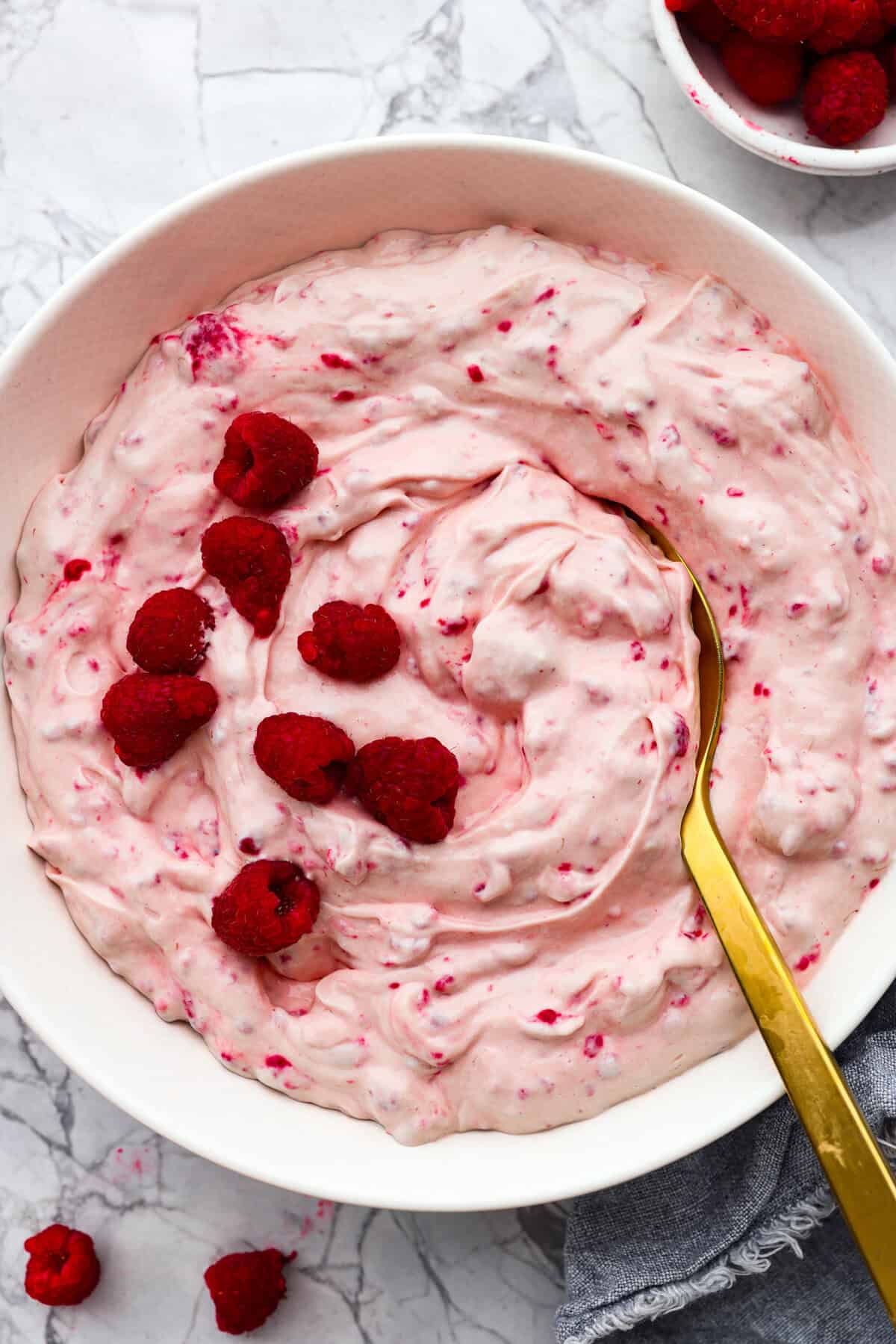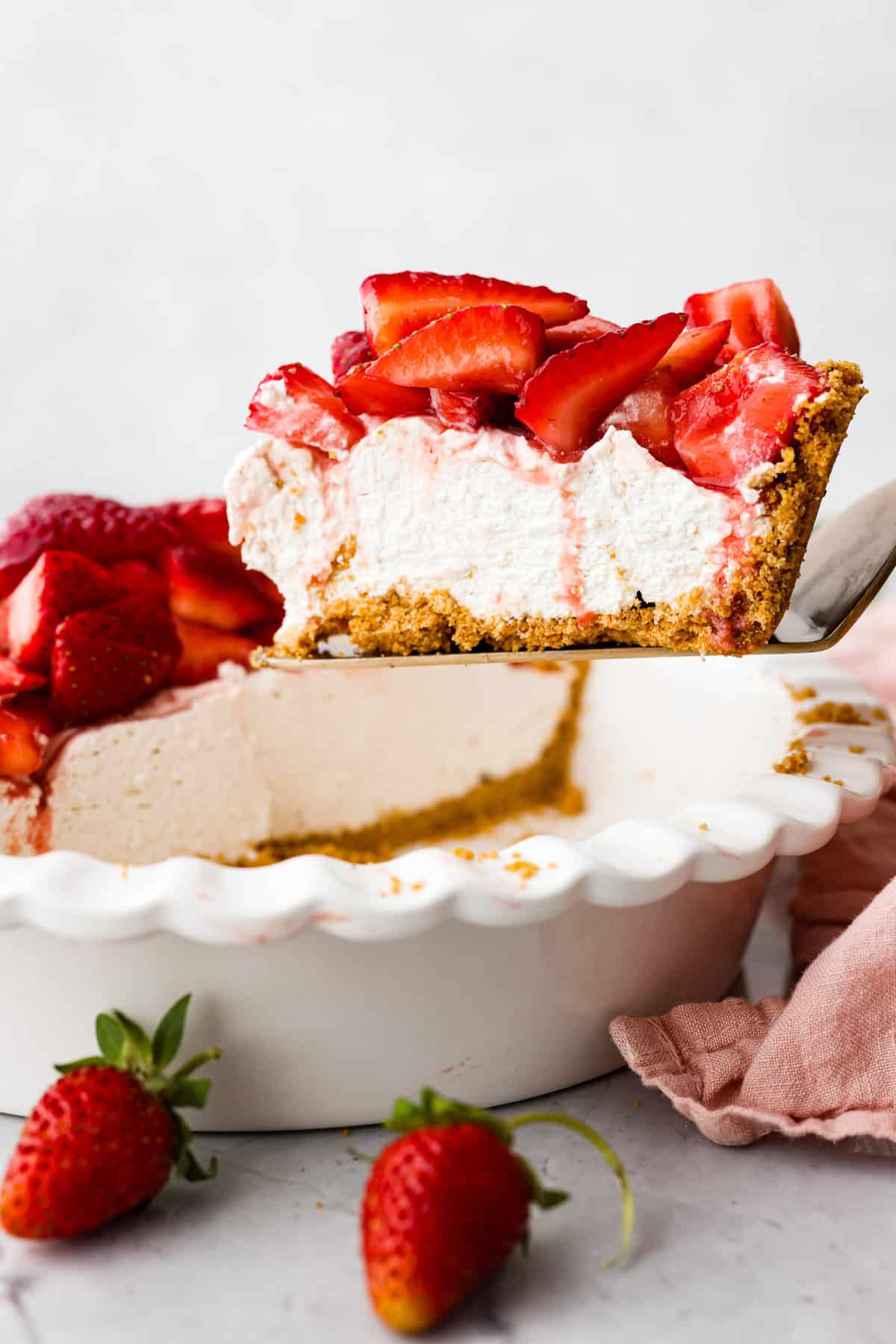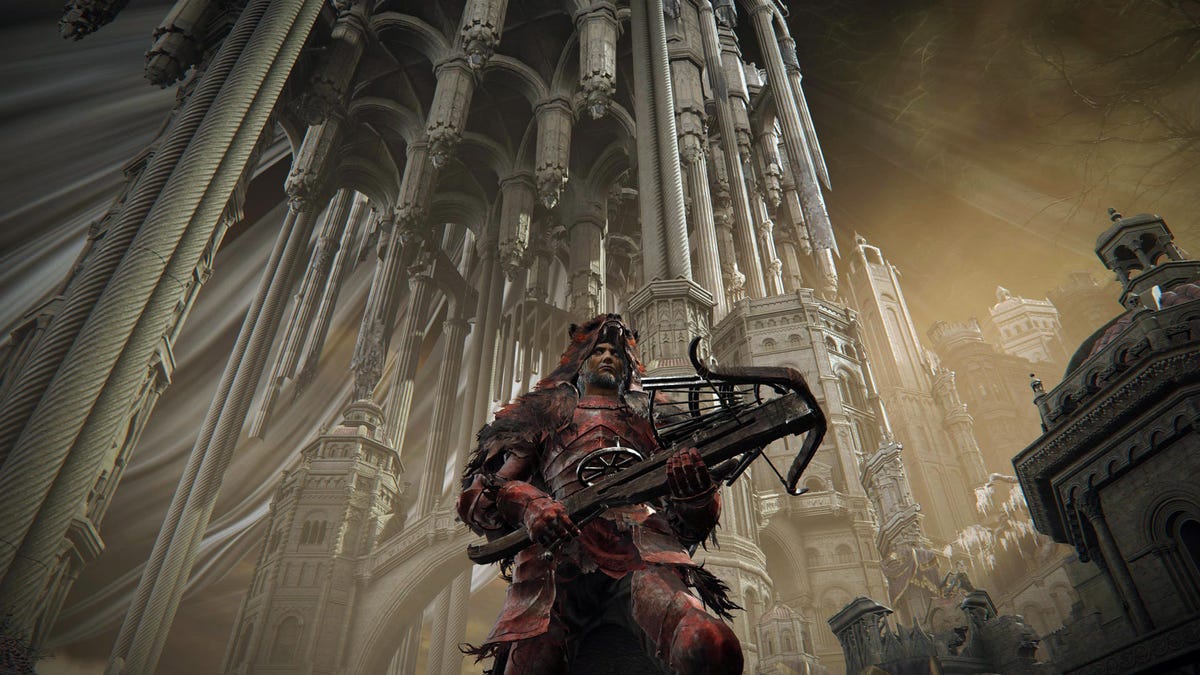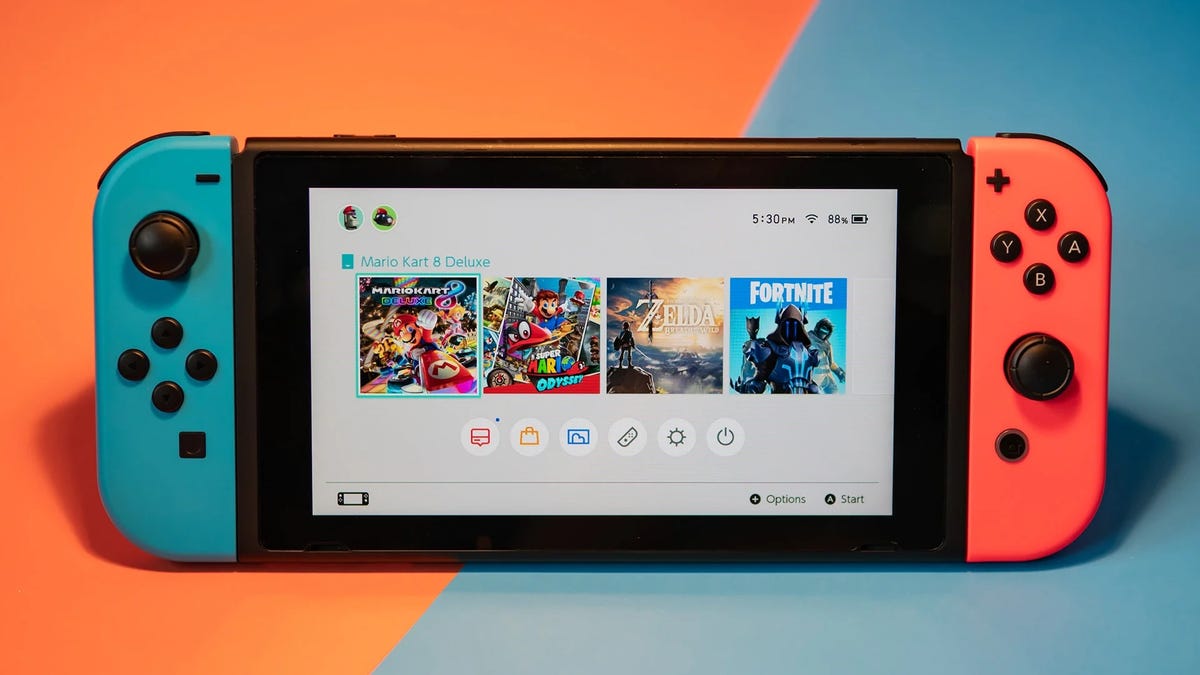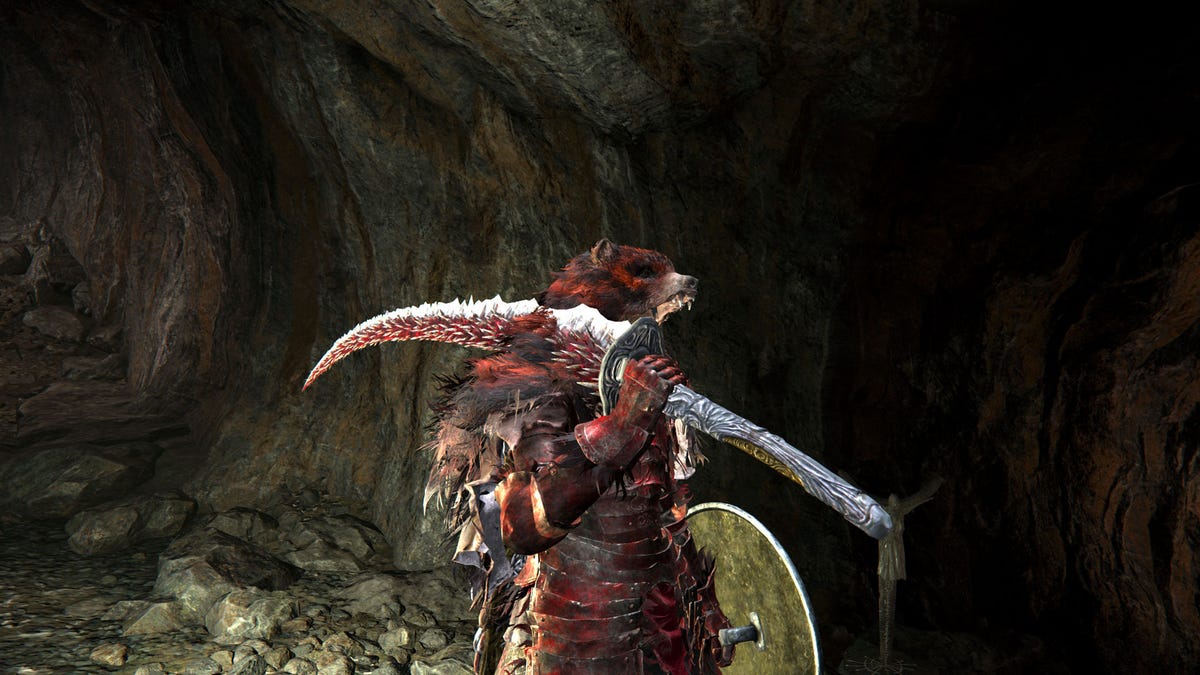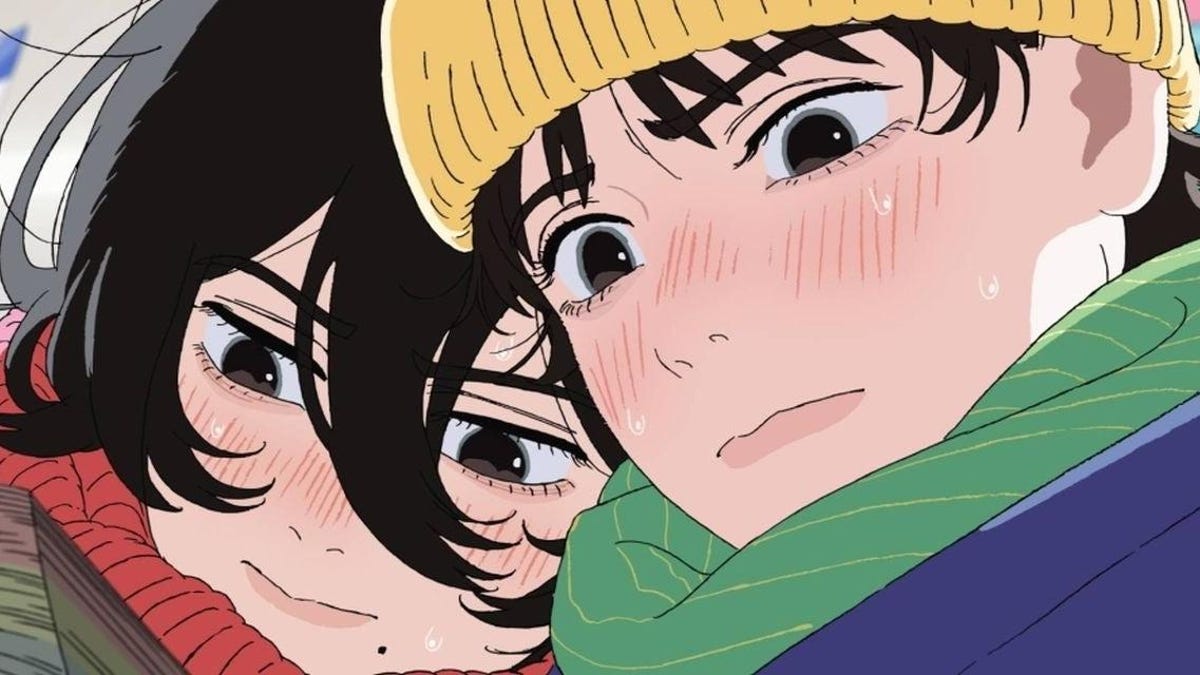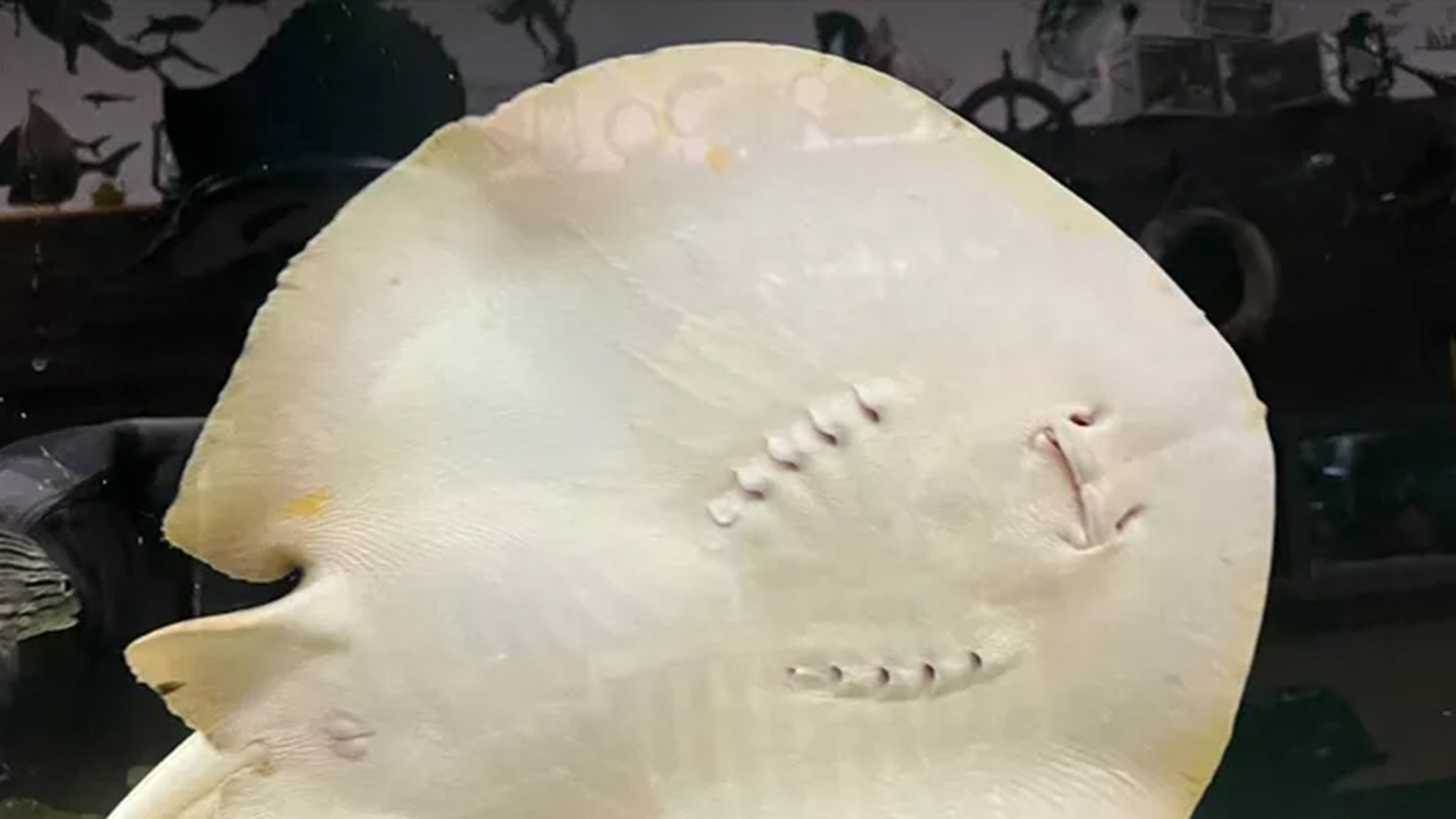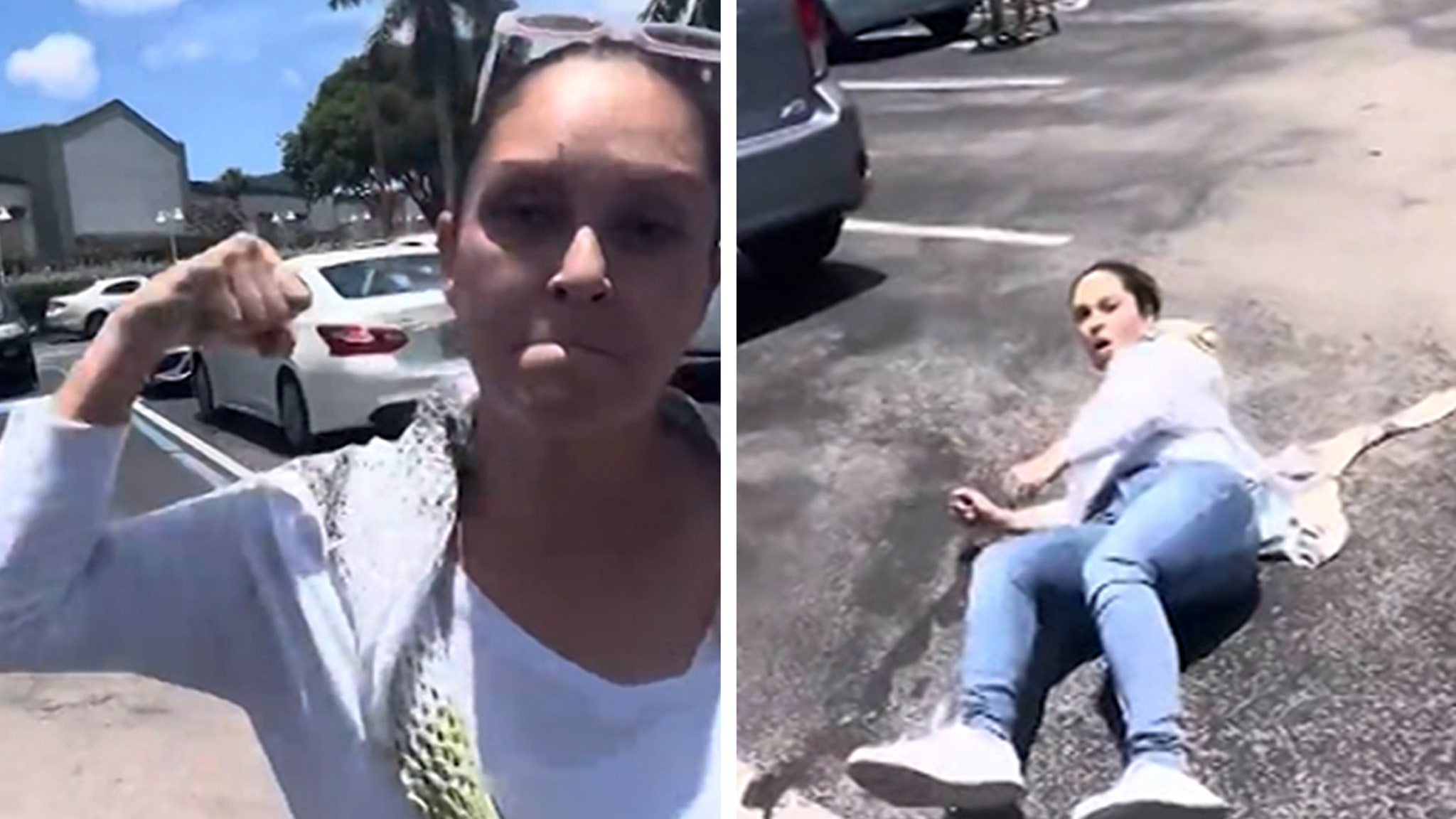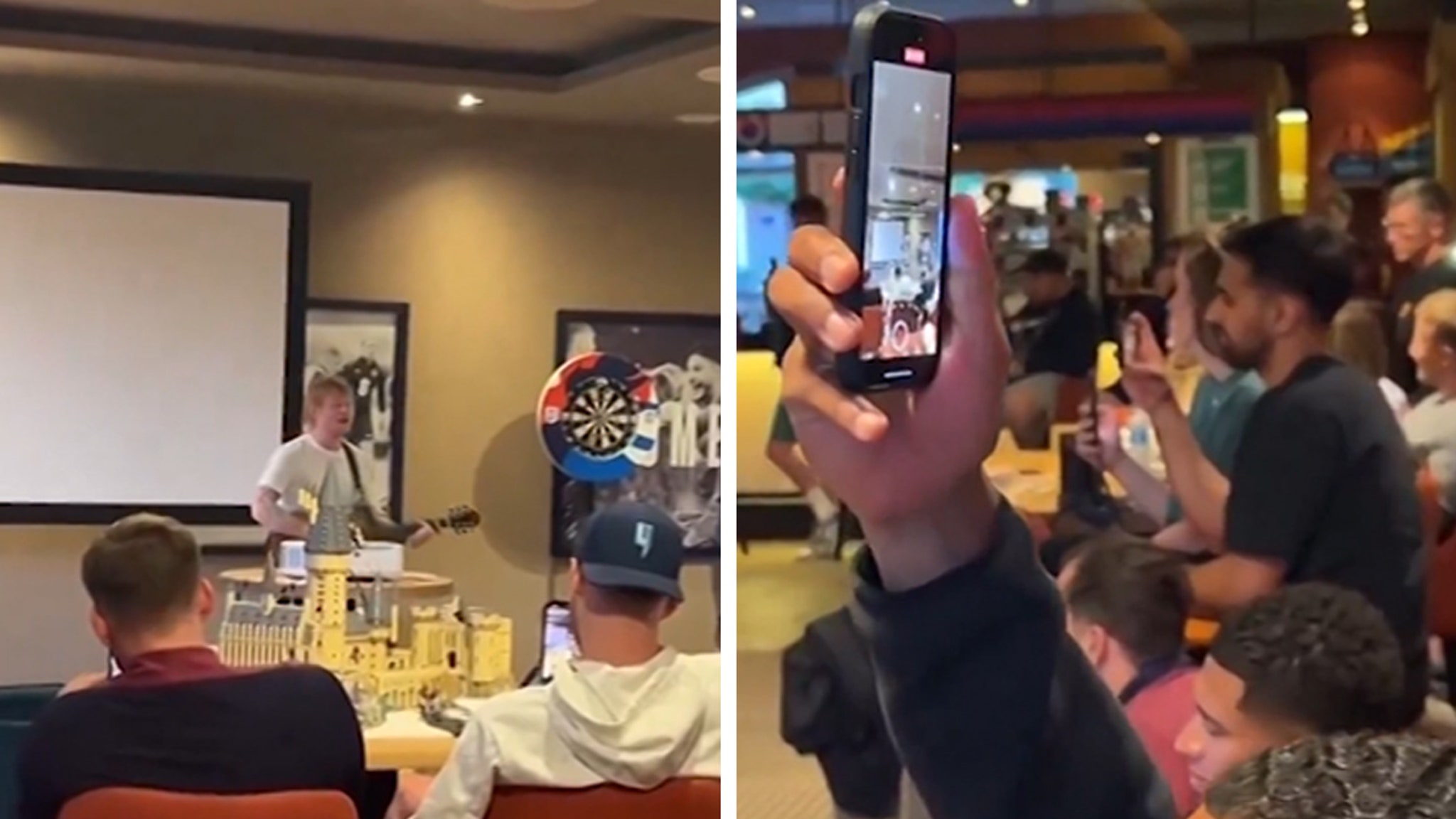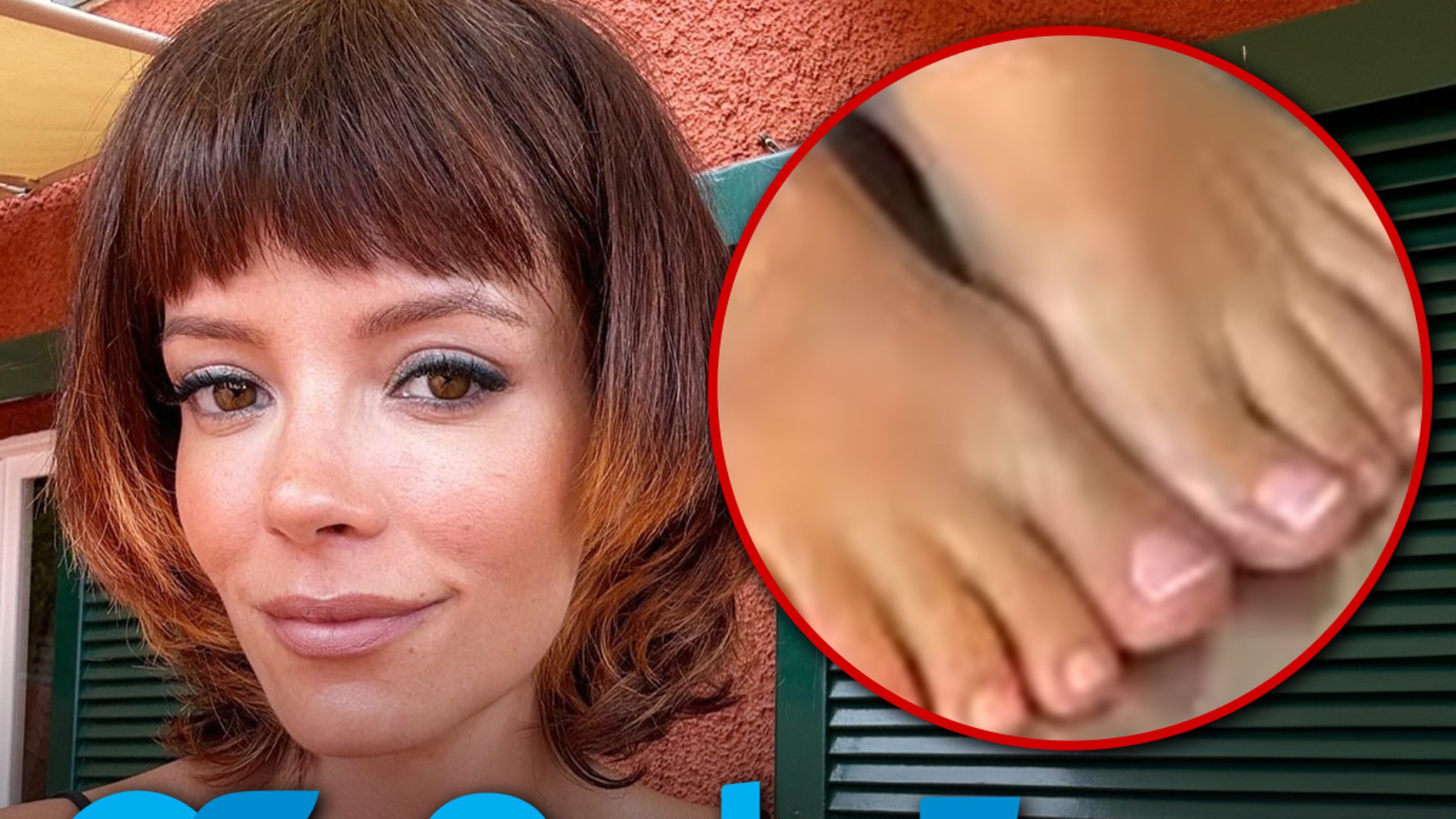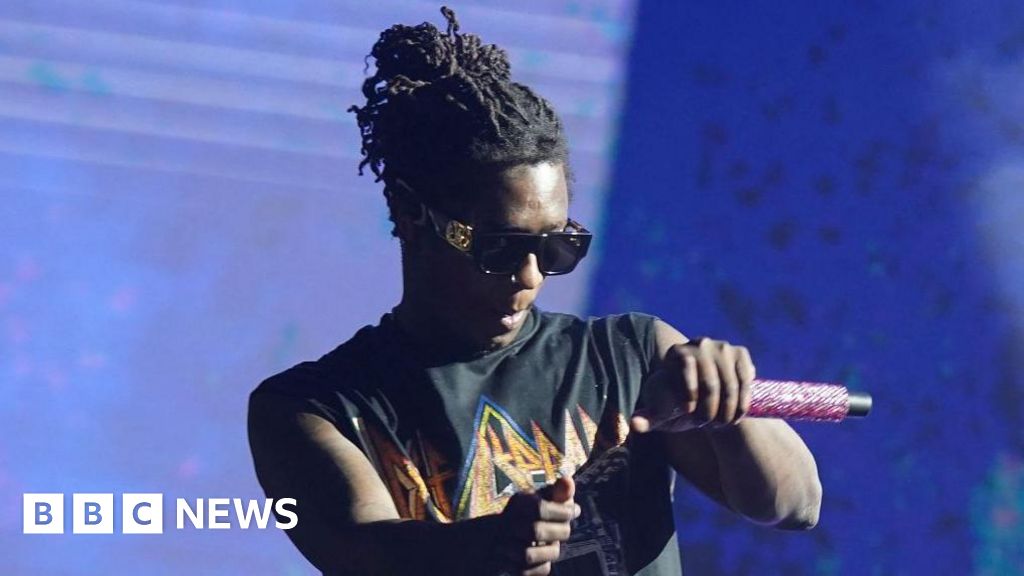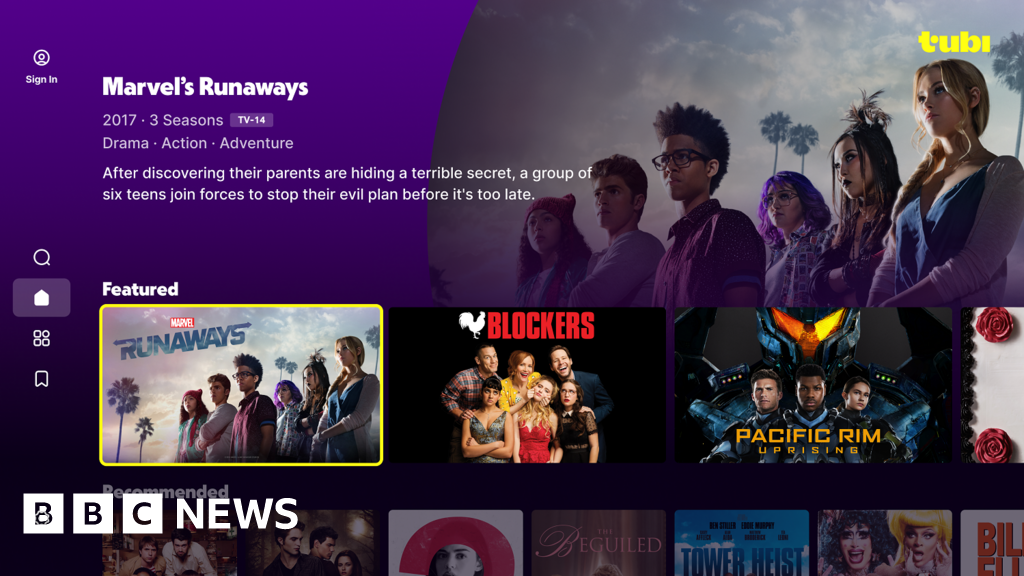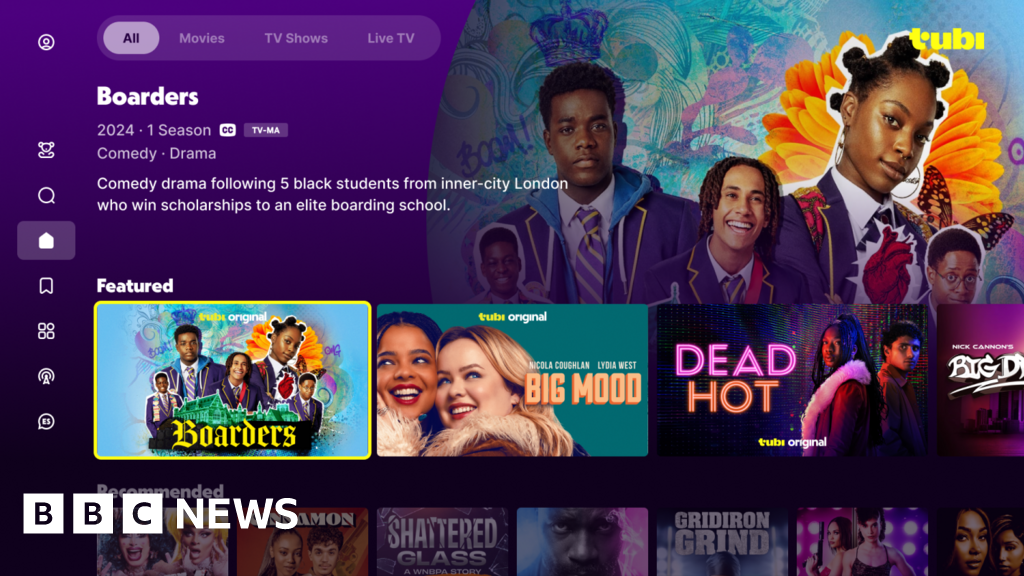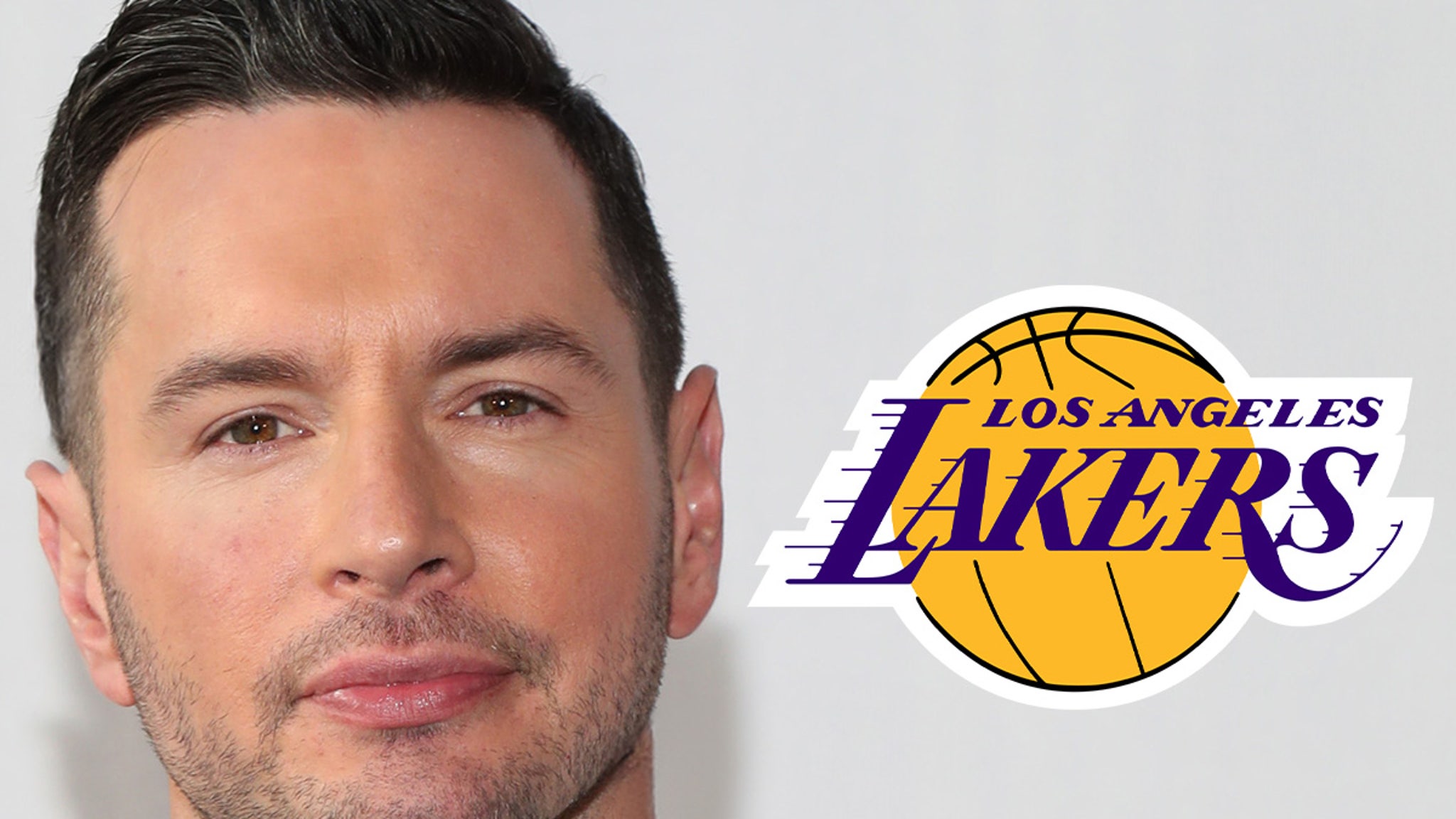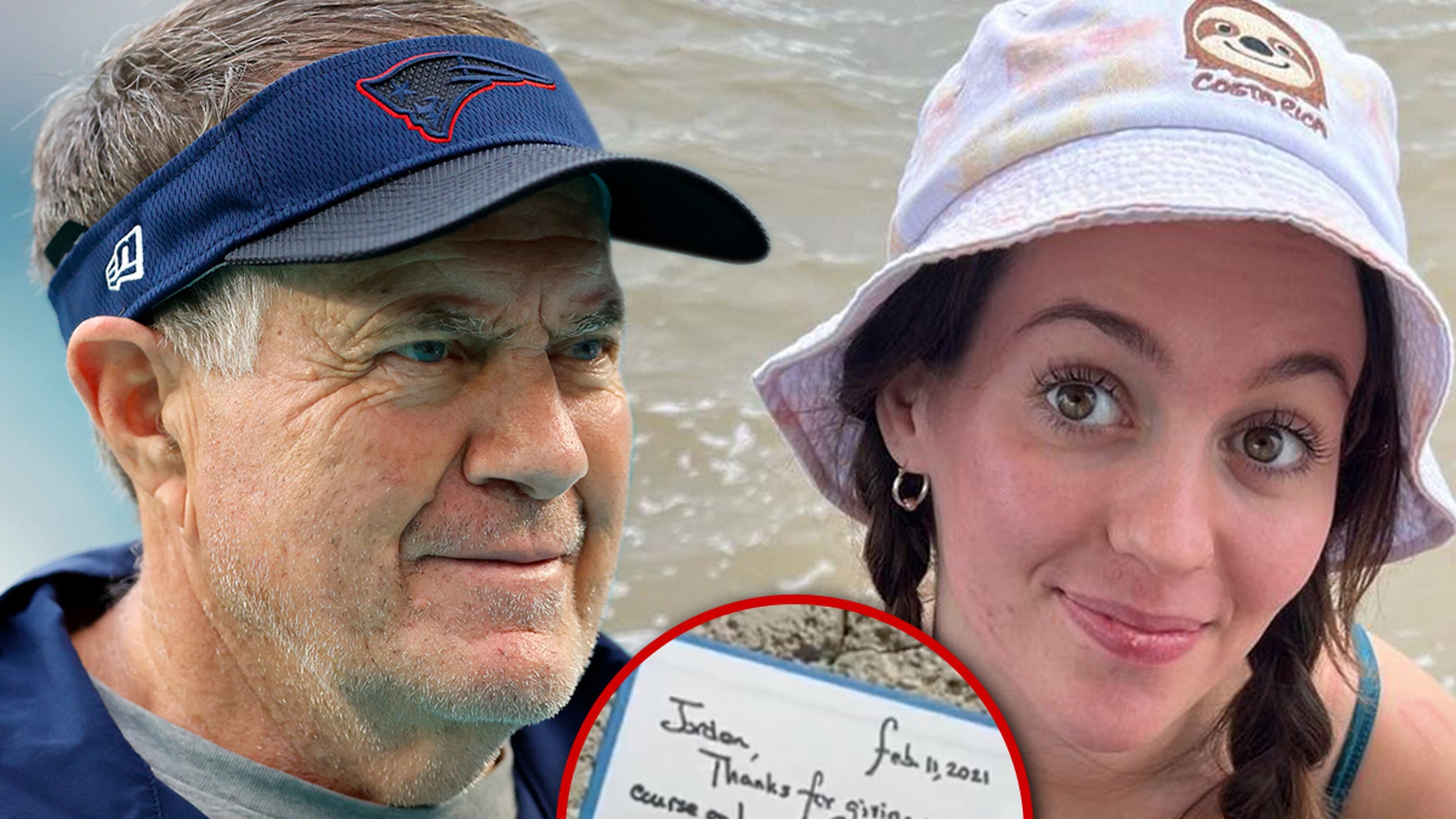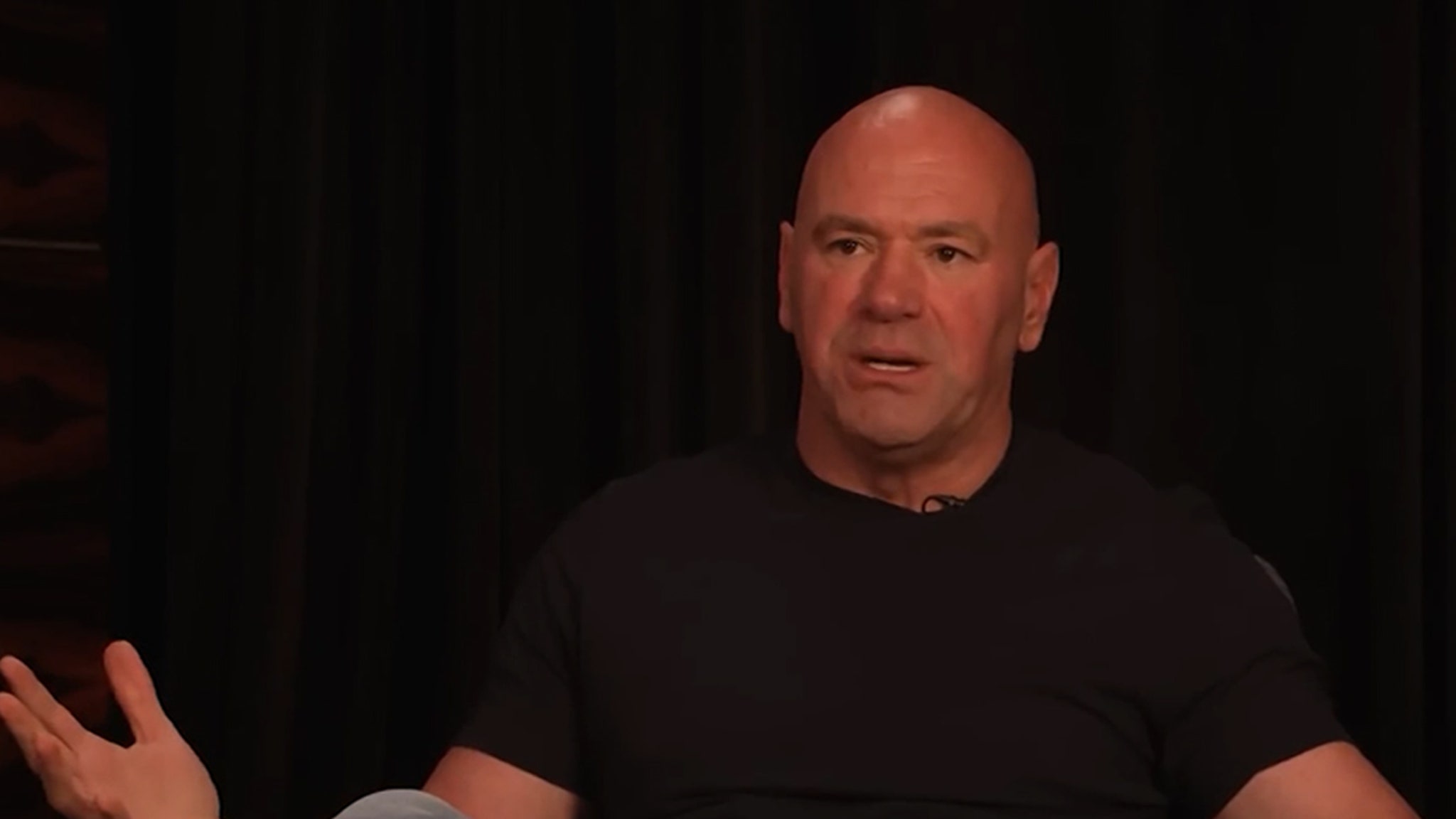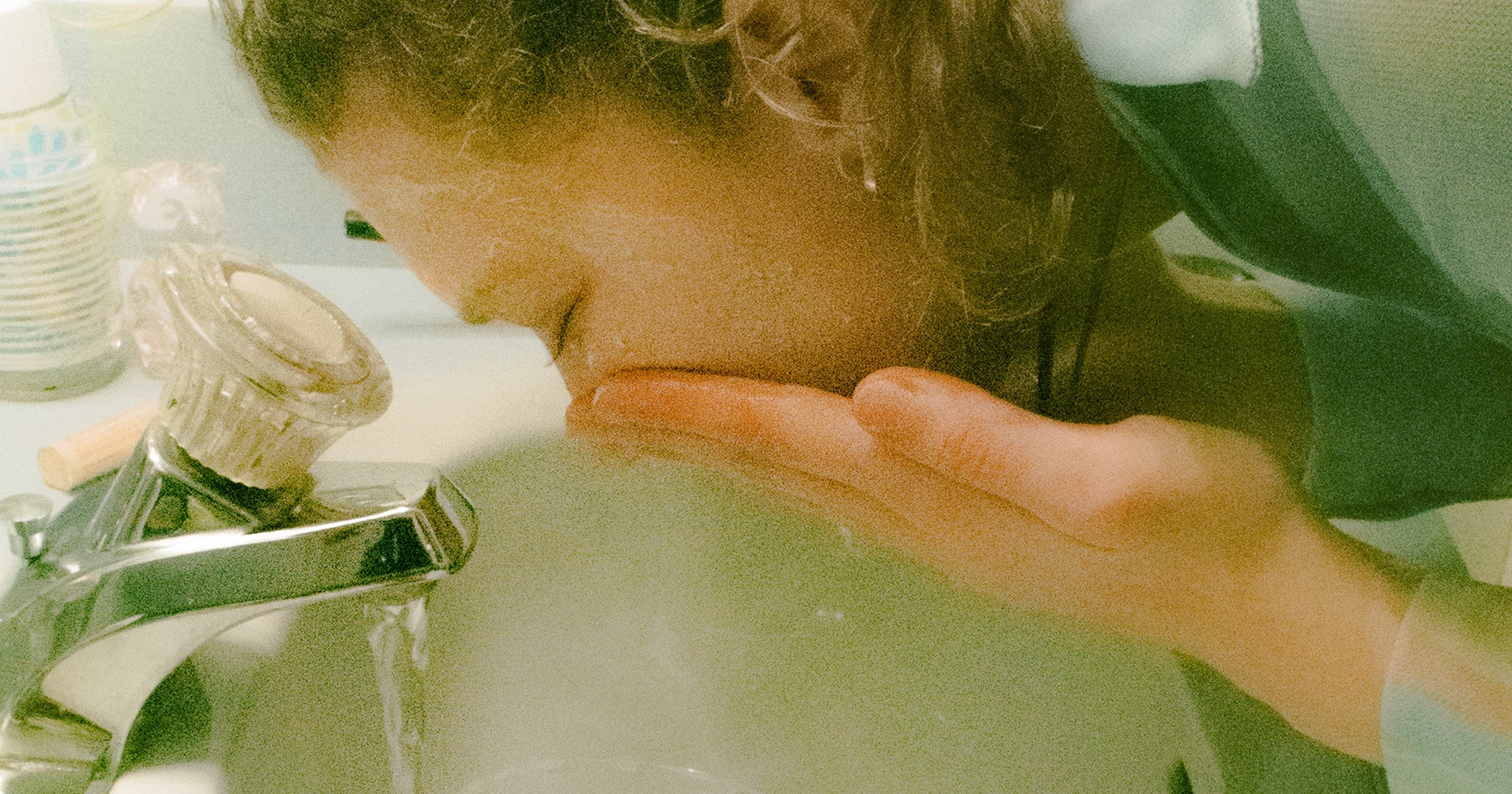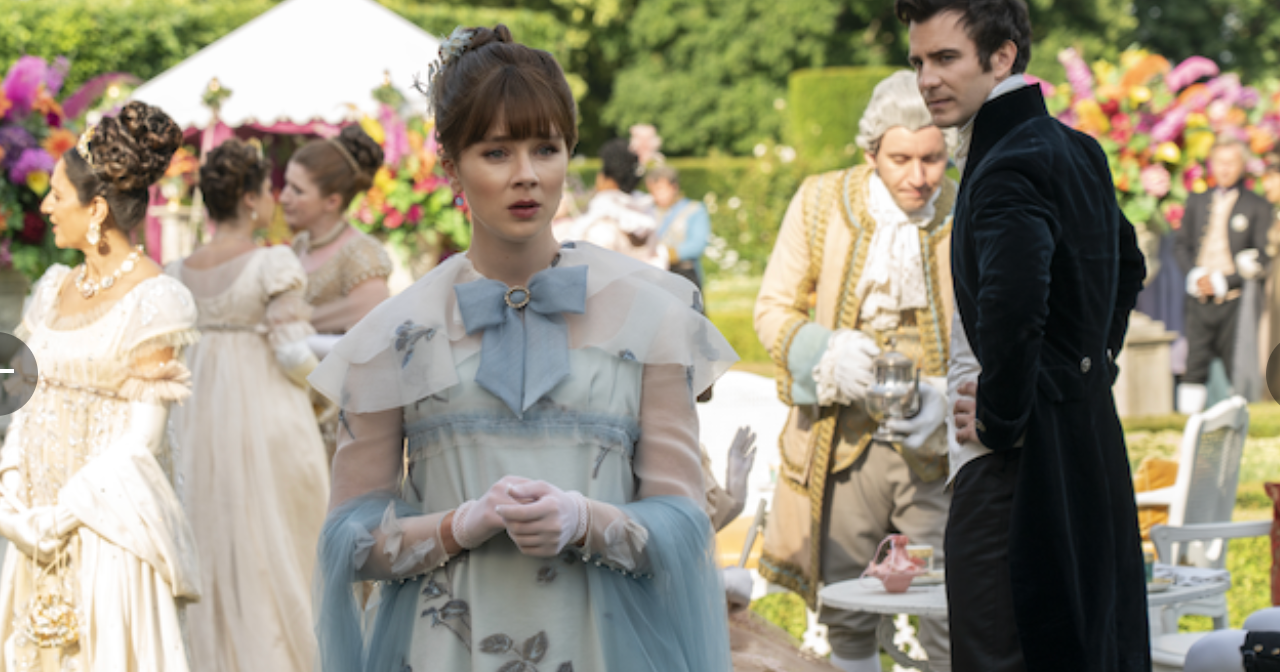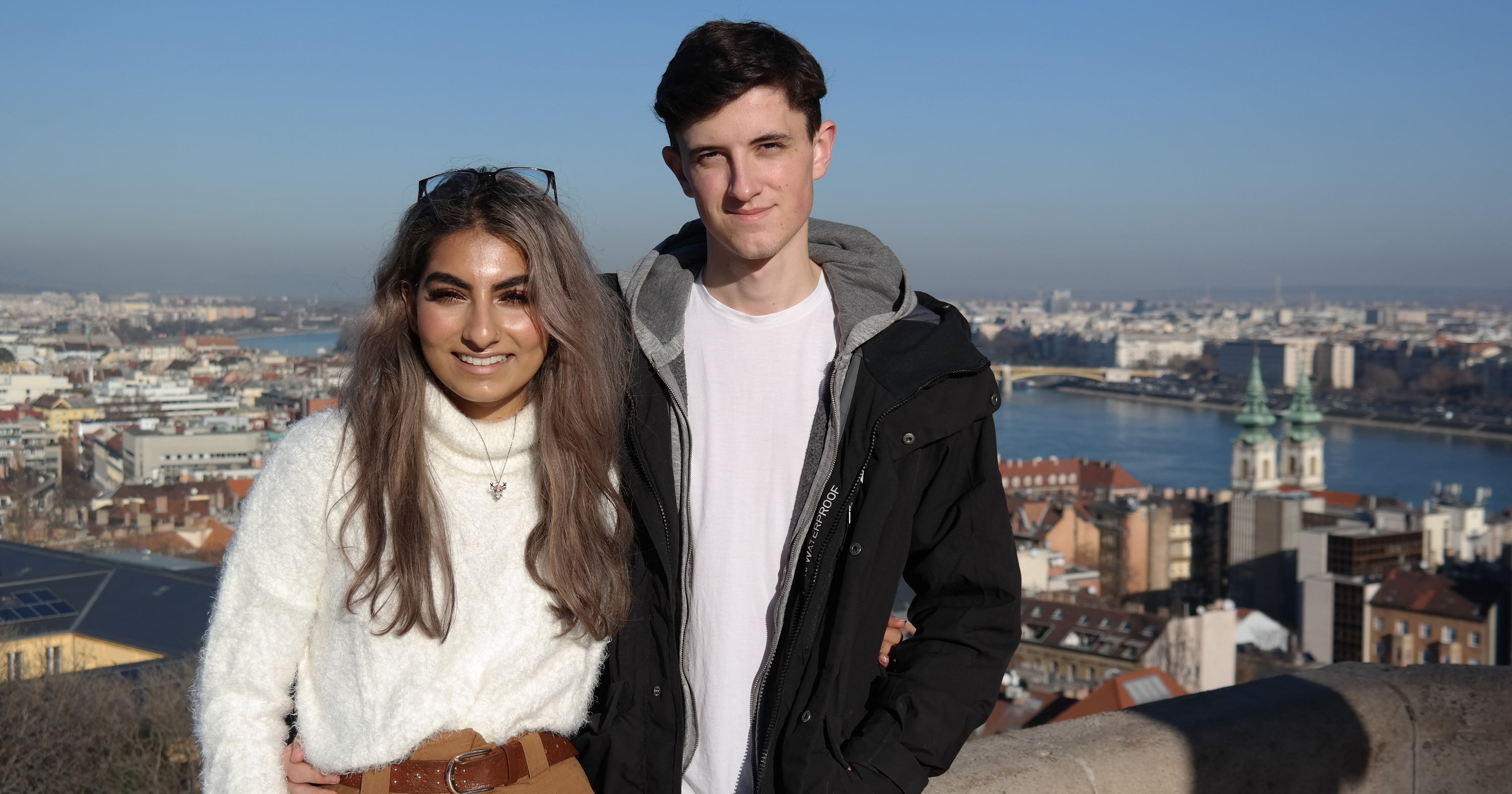Thank God the ‘House of the Dragon’ Season 2 Premiere Made Changes From the Book
Two years later, House of the Dragon is back, and two factions of Targaryens are decisively fighting it out for the Iron Throne. If Rhaenyra was initially hesitant to go to war with her half-brother Aegon, and his mother, Alicent Hightower (who's also her childhood best friend), then the Season 1 finale certainly changed that. Aemond Targaryen—Rhaenyra’s other half-brother (I know this all reads like gibberish!!)—and his demon of a dragon, Vhagar, accidentally (!?!) killed Rhaenyra's child, Prince Lucerys, who Vhagar quite literally ate alive. The first episode of Season 2 is relatively quiet until its final minutes, but concludes on a crushingly bleak note that underscores how children pay the price for adults’ wars. After the episode mostly shows us the "Greens” and the “Blacks” strategizing their paths forward, all as Rhaenyra grieves, a turning point arises when she makes it clear she wants Aemond dead for killing her son. (Fair!) So, Daemon (Rhaenyra's uncle-husband) hires two henchmen—"Blood” and “Cheese” (???)—to assassinate Aemond. Through their profession as royal rat-trappers, the hired assassins are intimately familiar with the inner tunnels of the palace. Crucially, the henchmen ask Daemon what to do if they can’t find Aemond, but the scene cuts away without an answer. So, when Blood and Cheese ultimately can't find Aemond, they find Helaena (Aegon’s sister-wife), their sleeping six-year-old son Prince Jaehaerys, and Jaehaerys’ twin sister, Jaehera. Determined to deliver Daemon a “son for a son,” as the episode is aptly named, Blood and Cheese hold Helaena at knifepoint, take Jaeherys, and—thankfully off-screen—behead the child to bring his head to Daemon. All of this inevitably leaves an awful taste in your mouth, but strange as it may sound, I’m somewhat thankful for how House of the Dragon handled this. The Ringer has called this sequence of events "supremely sickening" and "grotesque"; Gizmodo wrote that "the sound of muffled screaming and then sawing that accompanies the removal of a small child’s head" was "unmistakably awful." Yet, Insider reports that some fans—who sound like deeply troubled people, frankly—were "disappointed" by the scene's lack of accompanying, visual gore, including some who questioned why the show didn't go the direction of Game of Thrones' famously brutal Red Wedding episode. Where the original series relied heavily on visual depictions of horrific violence and brutality, including (if not especially) against women and sometimes children, we are blessedly spared the image of a decapitated toddler. The show’s portrayal of events also fortunately differs from the book, which has Blood and Cheese sadistically force Helaena to choose which of her children they’ll kill, and threaten to rape the six-year-old Jaehaera in front of her. The assassins also find and tie up Alicent, forcing her to watch everything that unfolds. (In the show, Alicent is safely away from all of this, quite literally dick-riding her ex-best friend's ex in the other room. Nice!) Game of Thrones was heavily, rightly criticized for its excessive on-screen depictions of gender-based violence and, at a particularly low point when Stannis Baratheon sacrifices his own child-daughter by burning her alive, violence against children. Obviously, the historical-fantasy world of Westeros is one of extreme cruelty and brutality—but meaningfully depicting that reality doesn’t necessitate on-screen, dehumanizing imagery for little purpose but shock factor, especially when there are other ways to move a story forward. In Sunday night's premiere, Jaehaerys' death is shocking and tragic, and a crucial plot point as it inevitably guarantees the ruthlessness and personal stakes of the impending war—and it successfully achieves this without forcing us to look at a decapitated toddler, or watch assassins threaten to rape a child. The show hasn’t been without its…
Two years later, House of the Dragon is back, and two factions of Targaryens are decisively fighting it out for the Iron Throne. If Rhaenyra was initially hesitant to go to war with her half-brother Aegon, and his mother, Alicent Hightower (who's also her childhood best friend), then the Season 1 finale certainly changed that. Aemond Targaryen—Rhaenyra’s other half-brother (I know this all reads like gibberish!!)—and his demon of a dragon, Vhagar, accidentally (!?!) killed Rhaenyra's child, Prince Lucerys, who Vhagar quite literally ate alive. The first episode of Season 2 is relatively quiet until its final minutes, but concludes on a crushingly bleak note that underscores how children pay the price for adults’ wars. After the episode mostly shows us the "Greens” and the “Blacks” strategizing their paths forward, all as Rhaenyra grieves, a turning point arises when she makes it clear she wants Aemond dead for killing her son. (Fair!) So, Daemon (Rhaenyra's uncle-husband) hires two henchmen—"Blood” and “Cheese” (???)—to assassinate Aemond. Through their profession as royal rat-trappers, the hired assassins are intimately familiar with the inner tunnels of the palace. Crucially, the henchmen ask Daemon what to do if they can’t find Aemond, but the scene cuts away without an answer. So, when Blood and Cheese ultimately can't find Aemond, they find Helaena (Aegon’s sister-wife), their sleeping six-year-old son Prince Jaehaerys, and Jaehaerys’ twin sister, Jaehera. Determined to deliver Daemon a “son for a son,” as the episode is aptly named, Blood and Cheese hold Helaena at knifepoint, take Jaeherys, and—thankfully off-screen—behead the child to bring his head to Daemon. All of this inevitably leaves an awful taste in your mouth, but strange as it may sound, I’m somewhat thankful for how House of the Dragon handled this. The Ringer has called this sequence of events "supremely sickening" and "grotesque"; Gizmodo wrote that "the sound of muffled screaming and then sawing that accompanies the removal of a small child’s head" was "unmistakably awful." Yet, Insider reports that some fans—who sound like deeply troubled people, frankly—were "disappointed" by the scene's lack of accompanying, visual gore, including some who questioned why the show didn't go the direction of Game of Thrones' famously brutal Red Wedding episode. Where the original series relied heavily on visual depictions of horrific violence and brutality, including (if not especially) against women and sometimes children, we are blessedly spared the image of a decapitated toddler. The show’s portrayal of events also fortunately differs from the book, which has Blood and Cheese sadistically force Helaena to choose which of her children they’ll kill, and threaten to rape the six-year-old Jaehaera in front of her. The assassins also find and tie up Alicent, forcing her to watch everything that unfolds. (In the show, Alicent is safely away from all of this, quite literally dick-riding her ex-best friend's ex in the other room. Nice!) Game of Thrones was heavily, rightly criticized for its excessive on-screen depictions of gender-based violence and, at a particularly low point when Stannis Baratheon sacrifices his own child-daughter by burning her alive, violence against children. Obviously, the historical-fantasy world of Westeros is one of extreme cruelty and brutality—but meaningfully depicting that reality doesn’t necessitate on-screen, dehumanizing imagery for little purpose but shock factor, especially when there are other ways to move a story forward. In Sunday night's premiere, Jaehaerys' death is shocking and tragic, and a crucial plot point as it inevitably guarantees the ruthlessness and personal stakes of the impending war—and it successfully achieves this without forcing us to look at a decapitated toddler, or watch assassins threaten to rape a child. The show hasn’t been without its…










